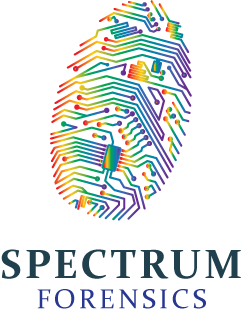Spectrum sharing is key to meeting the ever-increasing demand for spectrum among commercial and federal users. As sharing becomes more common, federal and non-federal users will need to increase their cooperation and collaboration, and technological advancements will be needed to improve efficiency and protect against interference.
But that’s not enough, because bad actors can undermine and interfere with those users who are acting in good faith. Even those who want to follow the rules may inadvertently cause interference – as when some Wi-Fi installations were shown to cause interference with weather radars operated by the Federal Aviation Administration, the U.S. armed forces and broadcasters.
Inexpensive radios and comprehensive code repositories have given those with limited skills and know-how the ability to misuse spectrum and cause interference with increasing frequency, severity and consequences. To help address this, some of the questions researchers and policymakers are trying to answer include: What are the best practices for isolating an interfering signal and tracking it to its origin, and what should the consequences be for the offending transmitter to prevent future interference?

Such legal and regulatory issues will be explored at this year’s International Symposium on Advanced Radio Technologies (ISART), on Aug. 1-3 in Westminster, Colo. ISART is sponsored by the Center for Advanced Communications, a joint effort between NTIA’s Institute for Telecommunication Sciences (ITS) and the National Institute of Standards and Technology (NIST).
ISART – now in its 15th year – will once again bring together the world's experts on advanced radio systems development. The theme of ISART 2016 is Spectrum Forensics, defined as the spectrum measurements that support interference monitoring, investigation, and enforcement. ISART 2016 will be particularly appealing to engineers, mathematicians, and others who are interested in understanding the application of specific measurement and monitoring techniques to spectrum sharing analyses.
During the three-day conference, participants will hear presentations that explore the implications of technological advancements on policies related to the forensic analysis of radio interference; hear about the results of spectrum monitoring efforts in Europe, the United States, and Canada; discuss research in spectrum monitoring using unmanned aircraft systems; hear a report on the state-of-the-art in the technologies and standards that make spectrum forensics possible; and identify gaps where future development and standardization are needed.
There will also be a number of spectrum-related events held at Department of Commerce laboratories in nearby Boulder, Colo., during the week of ISART, including a meeting of the Commerce Spectrum Management Advisory Committee (CSMAC), the Wireless Spectrum Research and Development (WSRD) monthly meeting, a Wireless Innovation Forum (WInnForum) Spectrum Sharing Committee meeting, and a meeting of the IEEE 802.22.3 Spectrum Characterization and Occupancy Sensing Task Group.
For more information, visit the ISART website. On-site registration will be available at The Westin Westminster.

